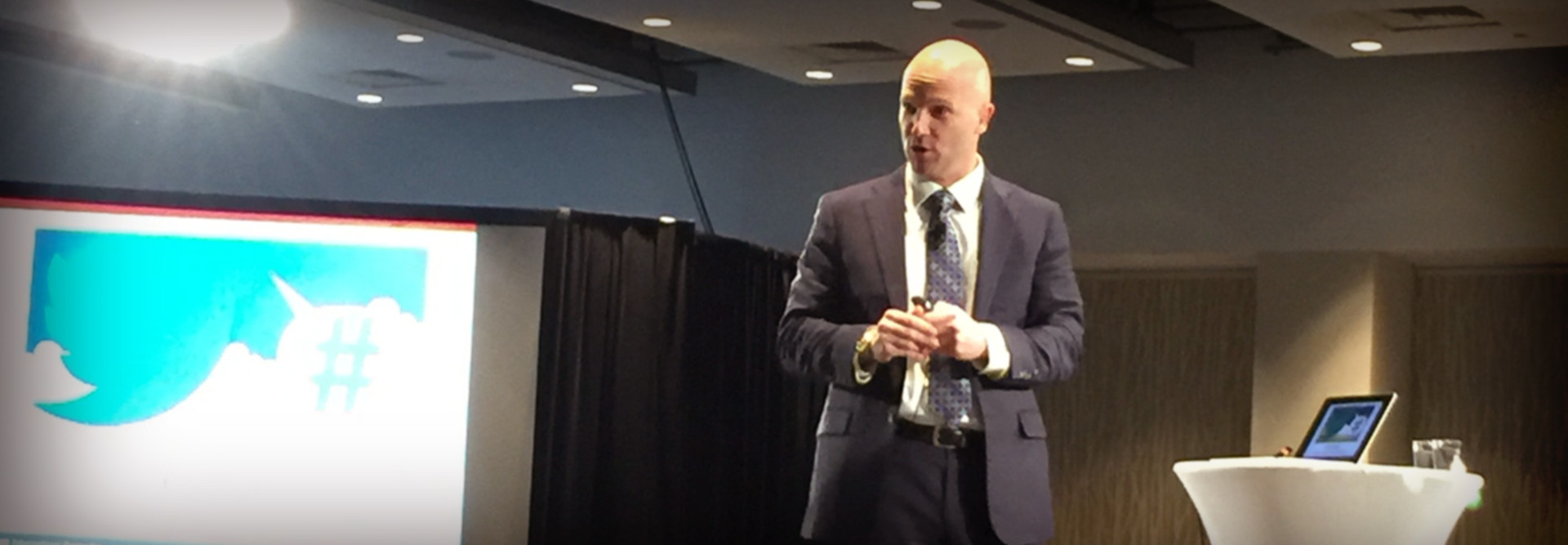CoSN 2016: Join the Social Media Conversation
If there’s anyone in education who's experienced the transformative power of marketing and branding, it’s Eric Sheninger.
An author, consultant and senior fellow with the International Center for Leadership in Education, Sheninger gave his audience a pep talk on engagement during his CoSN 2016 spotlight session Wednesday on digital leadership. Educators should be using social and traditional media to get the word out about their schools, he says.
“Digital leadership is about becoming the storyteller in chief,” Sheninger said. “It’s about sharing, telling and building relationships.”
Sheninger says a school and its leaders should brand themselves and take ownership of their stories. “If you don’t tell your story, someone else will,” he said. When that happens, “nine out of 10 times, the story being told is not what you want out there.”
A school brand should convey student achievement, teacher and administrator quality; extracurricular activities; interesting instructional practices; innovation; college and career readiness; and partnership, he says.
While he was principal of New Milford High School in New Jersey, Sheninger became an expert at leveraging the media to get the word out about his school. In fact, New Milford was featured on CBS Channel 2 in New York City 14 times in five years.
Today, Sheninger regularly pops up on most forms of social media — and he thinks other educators and administrators should be doing the same.
“You have to be on social media,” he said. “You can’t take advantage of the space if you’re not in the space.”
Also: “If you’re not blogging, you’re selling yourself short; you’re selling your school short.”
Sheninger admonished educators and administrators who say they don’t have enough time to tweet, blog or post. “Don’t use time as an excuse. You can spare the 15 minutes,” he said.
Stakeholders, he says, want information such as meeting notices, news, weather and much more. They want to connect with educators in a meaningful way, even if it’s only online.
“It’s about being proactive, not reactive,” Sheninger says about using social media. “Meet them where they’re at and engage them in conversation.”
Stakeholders are in the usual digital haunts such as Facebook, Twitter and LinkedIn, but they’re also frequenting Pinterest, Periscope and Google Plus, to name a few.
“I want to use Snapchat professionally,” Sheninger added with a laugh. “Kids are using that.”
Catch all of EdTech’s CoSN 2016 coverage on our conference landing page.









